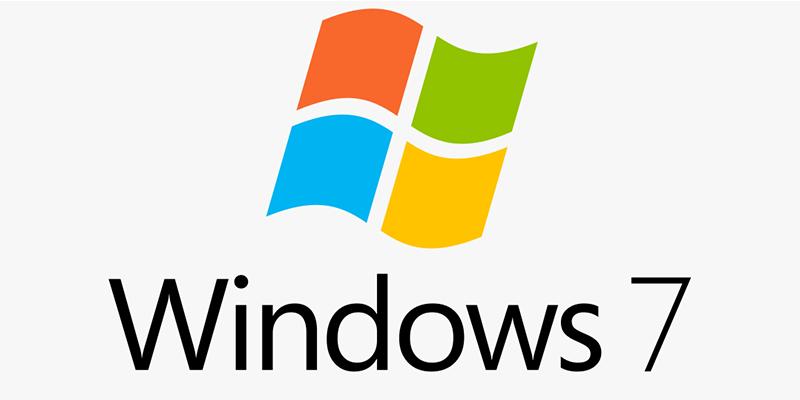If you still have Windows 7 computers after January 14, 2020, will will be paying for Windows 7 support. It looks like Microsoft learned a hard lesson while phasing out Windows XP. They ended up supporting it long past its expiry date, and even had to provide emergency patches for it. They have not decided to draw a line in the sand for Windows 7 users. Corporate and institutional customers can keep their old operating system by paying for Windows 7 support. You can do this until 2023. On top of this, the price will increase every year between 2020 and 2023. The longer a practice keeps with Windows 7, the costlier it will get.
hat may sound like a long time when Windows 7 launched way back in 2009. However, it’s important to remember that Microsoft only ended extended support for Windows XP in 2014, and kept paid support going sometime after that. This is a comparatively early end, and Microsoft isn’t shy about encouraging customers to upgrade sooner than 2023.
As you might suspect, Microsoft is hoping to improve Windows 10 sales. It’s not just a matter of trying to boost quarterly numbers, though. Windows XP’s extra-long lifespan created serious problems for the PC industry at large when business customers were reluctant to upgrade. It even created security issues when Microsoft had to make a support exception to patch XP systems against WannaCry. The sooner Microsoft can convince everyone to join the modern era, the sooner it can relax.
Paying for Windows 7 Support
When you think about it, it will most likely be more expensive to keep your Windows 7 PC, than it will be to replace it. Plus, if you keep it for 3 years, you are embarking on a 6-8 year old PC. That is ancient when it comes to a reliable PC. Especially with today’s prices. If you care about your practice, and you want your employees to be productive, you will want to absolutely phase out Windows 7 and move forward.


